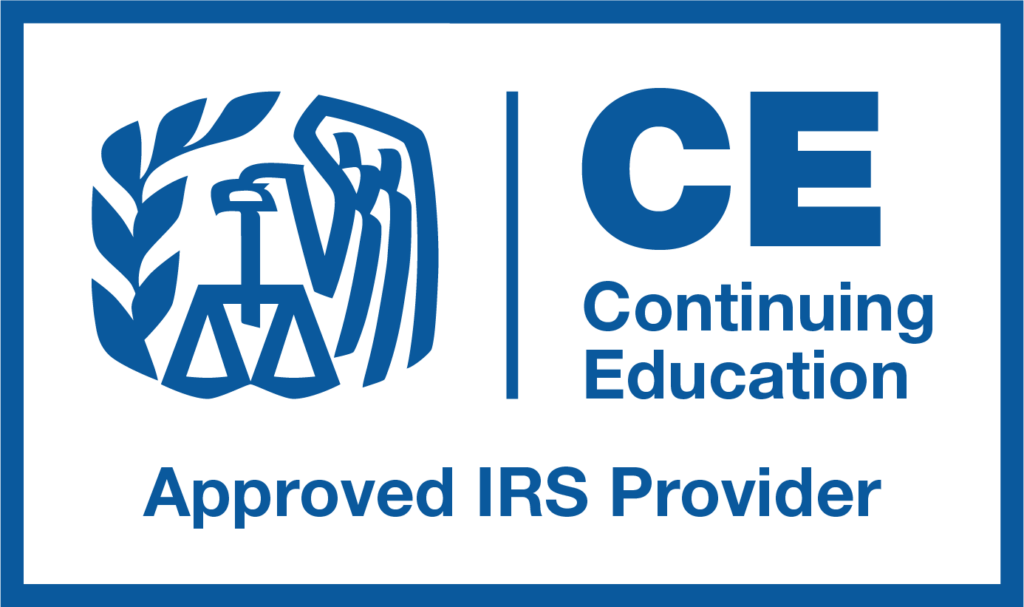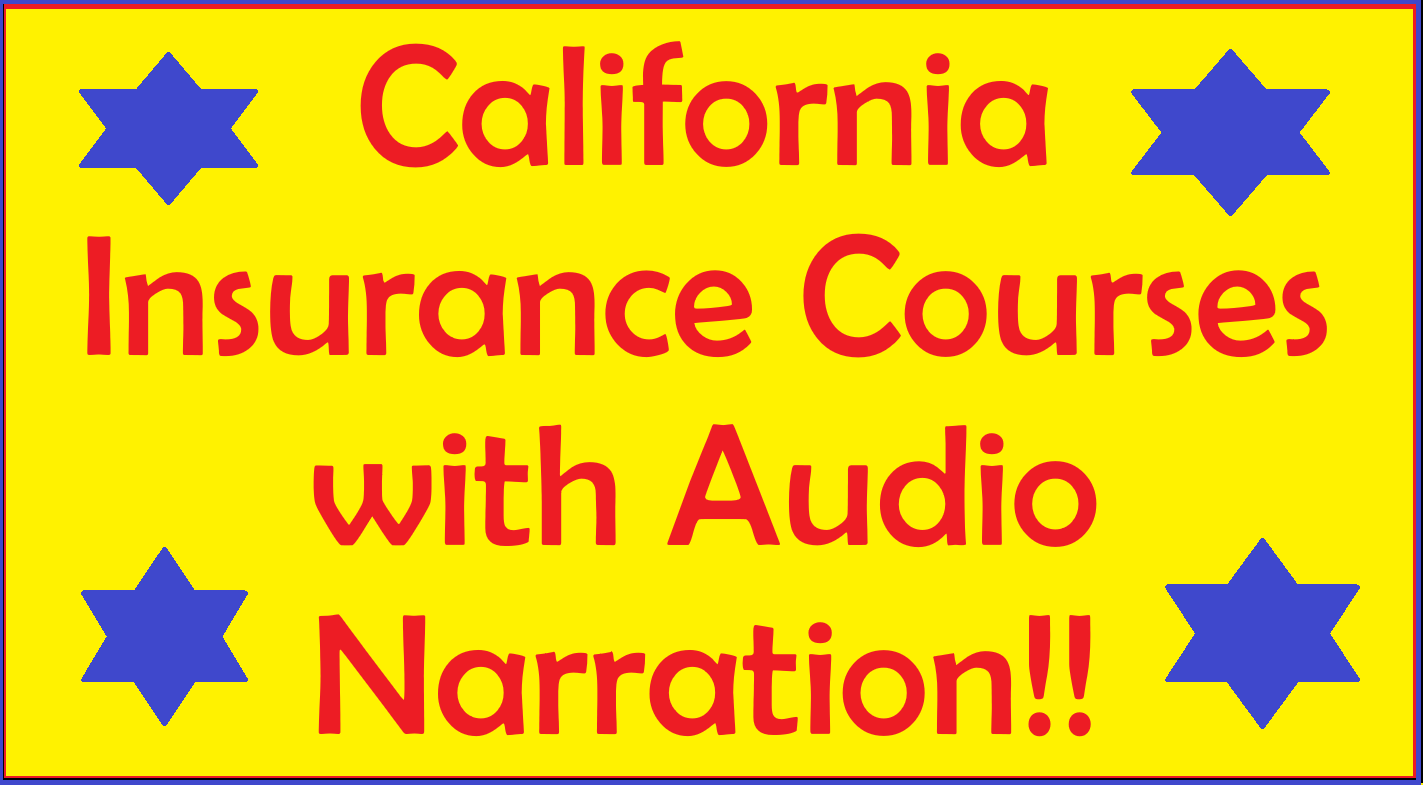
Federal tax policy is designed to accomplish numerous goals, from funding government to encouraging socially-beneficial actions such as saving for retirement. ERISA, the Employee Retirement Income Security Act, was created principally to meet the latter objective.
ERISA created an individual retirement arrangement—usually referred to simply as an IRA—to encourage taxpayers who were not participants in an employer-sponsored qualified retirement plan to save money to fund their future retirement needs. That was the initial legislative action. In order to participate, you needed to be employed and not a participant in a pension, profit-sharing or other qualified plan.
These early ERISA provisions offering tax benefits to individuals funding IRAs have been extended in subsequent legislative actions to:
- Unemployed spouses;
- Qualified retirement plan participants; and
- Taxpayers preferring tax-free distributions instead of deductible contributions.
Early expansion of the IRA provisions added a spousal IRA that is designed to provide retirement assistance to uncompensated homemakers. It was also expanded to allow employees who are covered under an employer-sponsored qualified pension or profit-sharing plan to contribute to an IRA.
Since that earlier ERISA expansion related to IRAs, new IRAs have been added, including Roth IRAs that offer tax-free qualified distributions rather than deductible contributions. In order to differentiate the newer Roth IRA from its earlier cousin, the original IRA is now referred to as a “traditional” IRA.
No advance preparation needed
Program Level – Basic
Program prerequisites – None
Delivery method – QAS self-study
Recommended CPE credits – 2
Recommended field of study – Taxes
Course Learning Objectives
- Apply the rules governing eligibility for and contributions to traditional and Roth IRAs;
- Identify the requirements and benefits related to a spousal IRA;
- Apply the tax treatment rules concerning contributions to and distributions from traditional and Roth IRAs; and
- Distinguish between traditional and Roth IRA distribution rules.
Copyright 2025 by Winn Publications ALL RIGHTS RESERVED. NO PART OF THIS COURSE MAY BE REPRODUCED IN ANY FORM OR BY ANY MEANS WITHOUT THE WRITTEN PERMISSION OF THE COPYRIGHT HOLDER. All materials relating to this course are copyrighted by Winn Publications. Purchase of a course includes a license for one person to use the course materials. Absent specific written permission from the copyright holder, it is not permissible to distribute files containing course materials or printed versions of course materials to individuals who have not purchased the course. It is also not permissible to make the course materials available to others over a computer network, Intranet, Internet, or any other storage, transmittal, or retrieval system. This document is designed to provide general information and is not a substitute for professional advice in specific situations. It is not intended to be, and should not be construed as, legal or accounting advice which should be provided only by professional advisers. No advance preparation needed Program Level - Basic Program prerequisites - None Delivery method - QAS self-study Recommended CPE credits - 2 Recommended field of study - Taxes




